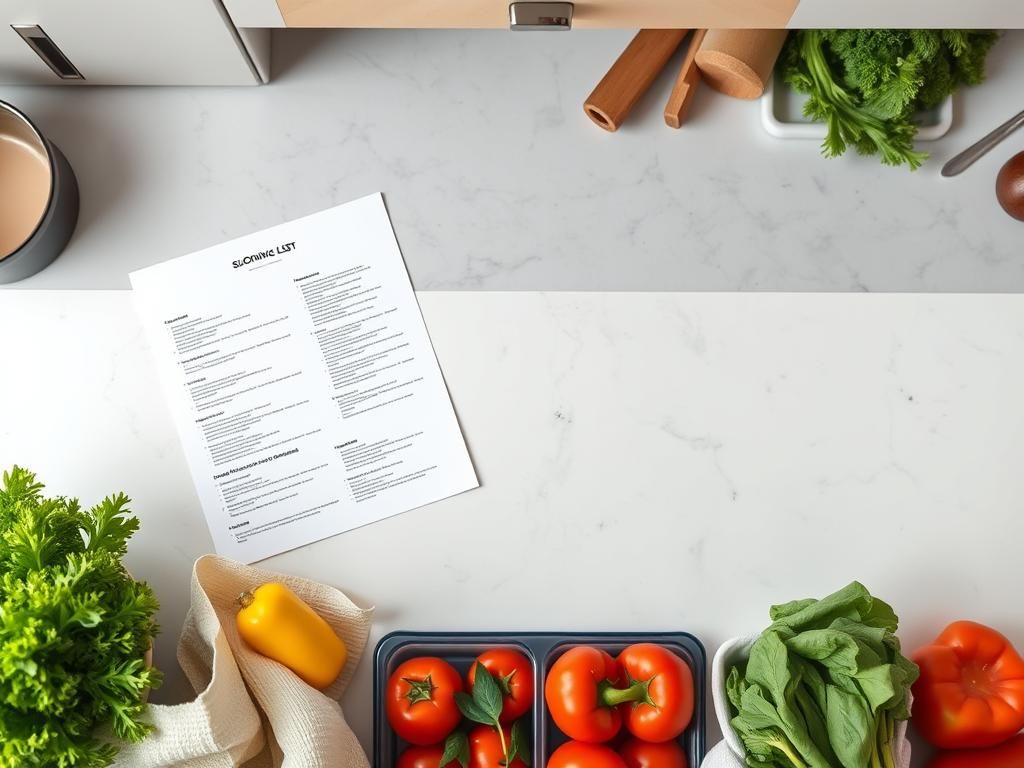
Good meal planning reduces stress, saves money, and makes healthy eating practical. This guide breaks the week into clear actions you can repeat.
Why plan meals
Planning turns random grocery runs into intentional shopping. It helps avoid food waste and spreads cooking time across the week so evenings are simpler.
Weekly meal planning in 6 steps
Set a realistic scope: pick how many dinners you need, plus lunches and breakfasts if you want.
Check your inventory: note perishables and staples to avoid duplicates.
Choose repeatable recipes: use 3–5 go-to dinners and rotate sides.
Batch and prep: chop vegetables, cook grains, and portion proteins for quick assembly.
Schedule eating order: assign meals to days, prioritizing perishables earlier in the week.
Create one shopping list grouped by store section and stick to it.
Smart shopping and prep
- Build a core list of proteins, grains, vegetables, and pantry items.
- Shop the store perimeter first for fresh produce and proteins.
- Buy versatile ingredients that work across meals to reduce waste.
- Use frozen or canned options to extend flexibility and lower spoilage risk.
- Time-block an hour for prep after shopping to make weeknight cooking easy.
Sample templates
- Two quick bowls, one roast or sheet-pan, one pasta or grain, and one leftover night.
- Breakfast: overnight oats or egg muffins; lunches: salad jars or grain bowls.
Keeping it flexible
Plan around anchors, not scripts. Swap proteins or sides based on what’s available. Review and adjust each week so the plan fits your schedule and reduces friction.
